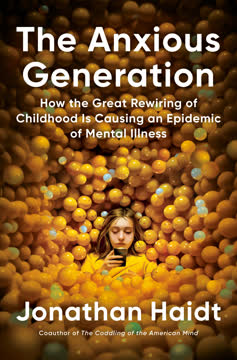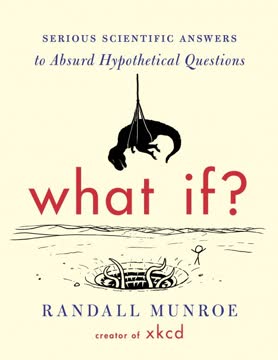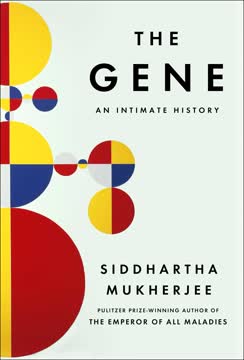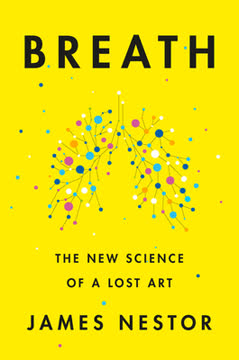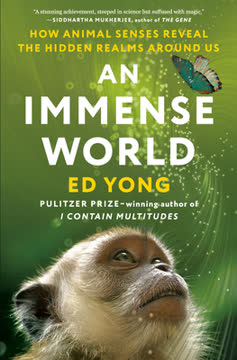Kluczowe wnioski
12. Skóra: Nasza ochronna bariera i sensoryczny interfejs
Jesteś ogromny. Twój przewód pokarmowy ma około czterdziestu stóp długości, jeśli jesteś mężczyzną średniego wzrostu, a nieco mniej, jeśli jesteś kobietą.
Wielofunkcyjny organ. Skóra, nasz największy organ, pełni rolę ochronnej bariery przed środowiskiem, a także odgrywa kluczowe funkcje w regulacji temperatury, odczuwaniu bodźców oraz syntezie witaminy D. To złożony organ składający się z wielu warstw, z których każda ma swoje specyficzne zadania.
Kluczowe funkcje skóry:
- Ochrona przed patogenami i uszkodzeniami fizycznymi
- Regulacja temperatury ciała
- Odczytywanie dotyku, nacisku i temperatury
- Synteza witaminy D
- Odporność na wodę
Odporna i regeneracyjna. Skóra nieustannie odnawia się, a zewnętrzna warstwa jest całkowicie wymieniana co 2-4 tygodnie. Ta zdolność regeneracyjna pozwala na gojenie ran i adaptację do stresów środowiskowych. Skóra jest również domem dla różnorodnego mikrobiomu, który odgrywa kluczową rolę w utrzymaniu zdrowia skóry i ochronie przed szkodliwymi patogenami.
Ostatnia aktualizacja:
FAQ
What's The Body: A Guide for Occupants about?
- Exploration of Human Anatomy: Bill Bryson provides a comprehensive overview of the human body, detailing its structure and functions. The book covers various systems, from the skin to the brain, explaining how they work together.
- Humorous and Informative Style: Bryson combines humor with scientific facts, making complex topics accessible and engaging. His narrative style invites readers to appreciate the intricacies of their own bodies.
- Interconnectedness of Systems: The book emphasizes how different bodily systems are interrelated, showcasing the intricate balance that sustains life.
Why should I read The Body: A Guide for Occupants?
- Unique Perspective on Biology: Bryson offers a fresh take on human biology, blending personal anecdotes with scientific insights, making the subject relatable.
- Educational Value: Readers will gain a deeper understanding of how their bodies function, which can lead to better health awareness and informed lifestyle choices.
- Engaging Storytelling: Bryson's humorous and conversational tone makes complex scientific concepts enjoyable to read, keeping readers engaged throughout.
What are the key takeaways of The Body: A Guide for Occupants?
- Complexity of the Human Body: The book illustrates that the human body is a marvel of evolution, composed of intricate systems that work in harmony.
- Importance of Microbes: Bryson discusses the role of microbes in our bodies, highlighting their significance in digestion and overall health.
- Health Awareness: Understanding how the body functions can empower individuals to make informed health decisions and appreciate their health.
What are the best quotes from The Body: A Guide for Occupants and what do they mean?
- "You are truly a wonder.": This quote encapsulates Bryson's admiration for the human body and its capabilities, serving as a reminder of our extraordinary nature.
- "The miracle of human life is not that we are endowed with some frailties but that we aren’t swamped with them.": Bryson highlights the resilience of the human body despite its imperfections.
- "The only thing special about the elements that make you is that they make you.": This quote reflects on the fundamental nature of human existence, emphasizing our uniqueness.
How does Bill Bryson explain the brain in The Body: A Guide for Occupants?
- Complexity and Functionality: Bryson describes the brain as "the most extraordinary thing in the universe," highlighting its complexity and vast information processing capabilities.
- Energy Consumption: The brain, while only 2% of body weight, consumes about 20% of our energy, showcasing its efficiency.
- Mysteries of Consciousness: Despite extensive research, many aspects of the brain remain mysterious, particularly consciousness and memory.
What insights does The Body: A Guide for Occupants provide about the immune system?
- Defense Mechanism: Bryson describes the immune system as a complex network that protects the body from pathogens, emphasizing its importance in maintaining health.
- Role of White Blood Cells: White blood cells are crucial for immune responses, identifying and attacking invaders, highlighting their significance in our overall health.
- Balance and Functionality: The immune system maintains a delicate balance, ensuring it responds appropriately without overreacting.
How does Bill Bryson address the topic of sleep in The Body: A Guide for Occupants?
- Essential Function: Bryson highlights sleep as a vital process for overall health and well-being, essential for processes like memory consolidation and hormonal balance.
- Sleep Cycles: The book explains the different stages of sleep, including REM and non-REM sleep, and their significance in restorative functions.
- Sleep Disorders: Bryson addresses common sleep disorders, such as insomnia and sleep apnea, and their effects on health.
What does The Body: A Guide for Occupants reveal about the digestive system?
- Complex Process: Bryson describes the digestive system as a complex network that breaks down food and absorbs nutrients, showcasing the intricacies of digestion.
- Role of Microbes: The importance of gut microbes in digestion and overall health is highlighted, noting their role in breaking down food and producing essential vitamins.
- Connection to Health: The book discusses the link between digestion and various health issues, including obesity and diabetes.
How does Bill Bryson explain the significance of skin in The Body: A Guide for Occupants?
- Largest Organ: Bryson emphasizes that skin is the largest organ of the body, serving multiple functions, including protection and sensory roles.
- Self-Repairing Ability: The skin's remarkable ability to repair itself after injury is discussed, reflecting on its aesthetic and functional importance.
- Microbial Ecosystem: Bryson explores the diverse microbial ecosystem present on the skin, illustrating the complexity of our skin's microbiome.
What does The Body: A Guide for Occupants say about the role of diet in health?
- Impact of Nutrition: Bryson emphasizes the importance of a balanced diet for maintaining health and preventing diseases, highlighting the body's resilience despite poor dietary choices.
- Cultural Eating Habits: The book explores how cultural habits influence diet and health outcomes, reflecting on changing dietary practices.
- Connection to Disease: Bryson discusses the link between diet and various health issues, including diabetes and heart disease.
How does Bill Bryson address the concept of aging in The Body: A Guide for Occupants?
- Biological Aging: Bryson explores the biological processes that contribute to aging, including cellular damage and hormonal changes.
- Health Implications: The importance of maintaining health as we age is emphasized, noting that lifestyle choices can significantly influence the aging process.
- Research on Aging: Bryson highlights ongoing research into the biology of aging and potential interventions to improve health in later life.
What are some common misconceptions about the body discussed in The Body: A Guide for Occupants?
- Misunderstanding of Body Functions: Bryson addresses myths about how the body works, such as the belief that we only use 10% of our brains.
- Dietary Myths: The book debunks common dietary misconceptions, explaining the differences between types of fats and their roles in health.
- Health and Longevity: Bryson challenges the notion that certain lifestyle choices guarantee health or longevity, emphasizing the role of genetics and other factors.
Recenzje
Ciało: Przewodnik dla mieszkańców jest chwalone za swoje wciągające i pouczające podejście do anatomii człowieka. Charakterystyczny dla Brysona dowcip oraz przystępny styl pisania sprawiają, że złożone tematy stają się zrozumiałe i fascynujące. Czytelnicy doceniają połączenie faktów naukowych, historycznych anegdot oraz odkryć medycznych. Książka obejmuje różne układy ciała, choroby oraz problemy zdrowotne, oferując wgląd w znane i nieznane aspekty fizjologii człowieka. Choć niektórzy czytelnicy uznali niektóre fragmenty za powtarzalne lub niepokojące, większość poleca ją jako oświecającą i zabawną lekturę.
Similar Books


